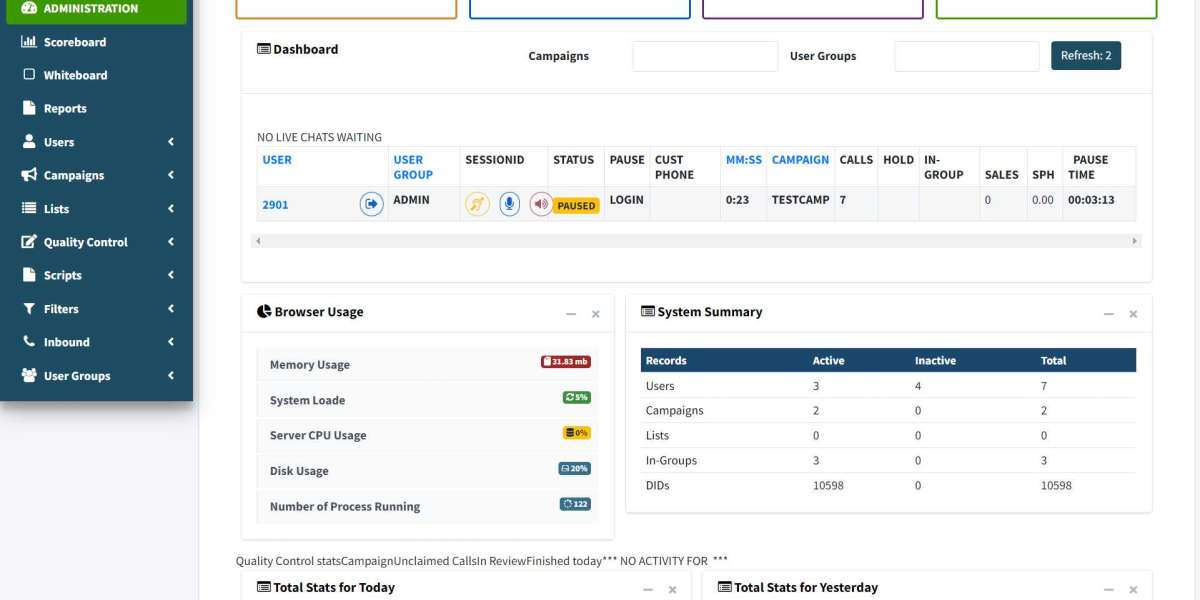A Brief Overview of the US Education System
The United States education system is organized into three main levels:
- Primary Education (K-5): This initial stage focuses on foundational learning, covering subjects such as reading, writing, math, and social studies.
- Secondary Education (6-12): Middle and high school years are designed to expand on primary education while introducing more specialized subjects like sciences, foreign languages, and advanced mathematics.
- Higher Education: Colleges and universities provide undergraduate and graduate programs, offering degrees from associate to doctorate levels. Higher education also encompasses trade schools and community colleges, making it a broad and flexible pathway for career development.
The Unique Aspects of K-12 Education
The US K-12 education system is characterized by a decentralized approach, where individual states and school districts hold the authority to set curricula, school policies, and funding mechanisms. This structure allows for flexibility and customization in learning approaches, with each district and state able to cater to its unique demographic and economic needs. However, disparities in funding and resources between districts can create significant inequalities in educational quality.
Strengths of the K-12 System
- Diversity of Curriculum: Schools can tailor their curricula to include a wide range of subjects, including STEM, arts, physical education, and vocational training.
- Extracurricular Opportunities: Sports, arts, music, and club activities allow students to explore and develop outside the classroom.
- Special Education Programs: The US system supports students with disabilities through specialized programs, ensuring an inclusive education for all learners.
Challenges in K-12 Education
- Funding Inequality: School funding often relies on local property taxes, leading to disparities between wealthier and less affluent areas.
- Standardized Testing: While intended to measure student progress, an over-reliance on standardized tests can place undue pressure on students and teachers.
- Teacher Shortages: Many districts face a shortage of qualified teachers, which affects class sizes, instructional quality, and ultimately, student outcomes.
Higher Education in the USA
American higher education institutions, including prestigious Ivy League universities and hundreds of community colleges, attract students from around the world. Higher education in the USA is known for its flexibility in learning paths and its broad scope of fields.
Benefits of the Higher Education System
- Academic Freedom and Innovation: Universities prioritize academic freedom, encouraging research, critical thinking, and innovation.
- Diverse Range of Programs: Students can pursue degrees in an array of fields, from humanities and sciences to business and technology.
- Networking and Career Opportunities: Higher education institutions offer various networking opportunities through internships, career fairs, and connections with alumni networks.
Issues Facing Higher Education
- Rising Tuition Costs: College affordability remains a major concern, as student debt levels continue to rise.
- Accessibility: Despite efforts to broaden access, barriers still exist for marginalized and low-income students.
- Job Market Alignment: Certain degree programs may not align well with current job market demands, creating a gap between education and employability.
The Rise of Online Learning
As the demand for flexible, accessible education has grown, online learning has become a central component of the educational landscape in the USA. The COVID-19 pandemic accelerated this shift, as both K-12 and higher education institutions were forced to adapt to remote learning environments. This transformation has brought both challenges and opportunities.
Benefits of Online Learning
- Accessibility and Flexibility: Students from all backgrounds and regions can access educational resources, allowing for a more personalized and flexible learning experience.
- Cost-Effectiveness: Online education often comes at a lower cost, helping reduce the financial burden on students and families.
- Skill-Building for Digital Literacy: Online learning encourages the development of digital literacy skills, which are essential in today's workforce.
The Role of CourseFPX in Online Learning
NURS FPX 4040 Assessment 2 provides modern online learning solutions designed to enhance academic excellence and simplify learning processes for students, professionals, and lifelong learners. With a focus on personalized support and innovative learning tools, CourseFPX enables learners to access study materials and assignment help across a range of subjects. By offering flexible resources and guidance, CourseFPX helps bridge the gap between traditional and online learning, making quality education accessible to all.
Addressing Educational Inequality
Educational inequality remains a prominent challenge within the US system. Schools in low-income areas often lack the necessary resources, leading to achievement gaps that can last a lifetime. Various initiatives, both governmental and community-driven, are aimed at addressing these disparities. Programs that target school funding reform, increased access to early childhood education, and expanded college scholarship opportunities are key to reducing these inequities.
Potential Solutions for Educational Equality
- Reforming School Funding: Transitioning from property tax-based funding to a more centralized model could help reduce resource gaps.
- Early Childhood Education: Investment in early education has been shown to improve academic and social outcomes for students, particularly those from disadvantaged backgrounds.
- Community Partnerships: Schools can partner with local businesses and nonprofits to provide additional resources and support services.
Innovation and Future Trends in US Education
The future of education in the United States is likely to be influenced by a mix of technological innovation, policy reform, and societal changes. As digital learning platforms, like CourseFPX, continue to grow, education will become increasingly personalized and student-centered.
Emerging Trends in Education
- Artificial Intelligence (AI) in Education: AI is being integrated into education through personalized learning programs, automated grading systems, and chatbots for student support.
- STEM Emphasis: With the growth of the tech industry, there's an increased focus on STEM (Science, Technology, Engineering, and Math) education to prepare students for high-demand careers.
- Lifelong Learning: The concept of continuous learning is gaining traction as individuals seek to update their skills in an ever-evolving job market. Platforms like CourseFPX offer the flexibility needed for lifelong learning, providing resources that support both academic and career development.
Conclusion
The education system in the United States is a vast, multifaceted structure that combines the strengths of diversity, innovation, and accessibility with challenges like funding inequality, rising costs, and adaptability to modern needs. As digital platforms like CourseFPX continue to expand access to education and offer unique learning solutions, students of all ages can benefit from resources tailored to their specific needs and goals.
Through collaboration, technological advancements, and policy reforms, the United States has the opportunity to create a more inclusive and effective education system for future generations. As online platforms and traditional educational models blend, students will increasingly have the flexibility to pursue their academic and professional aspirations on their own terms, setting the stage for a future where learning is accessible to all, regardless of their background or location.














